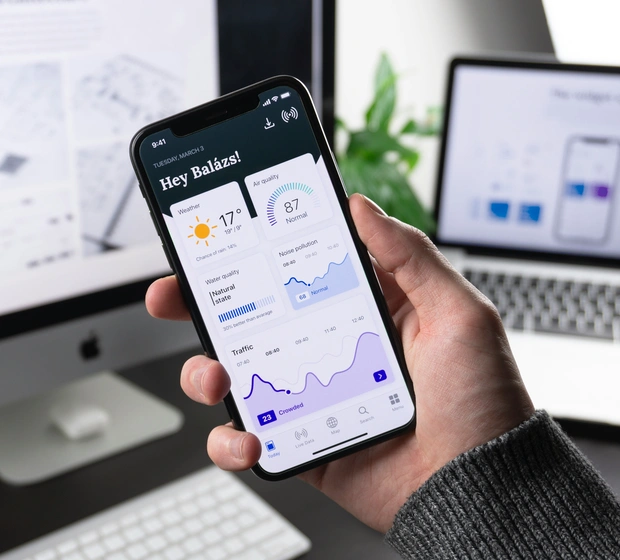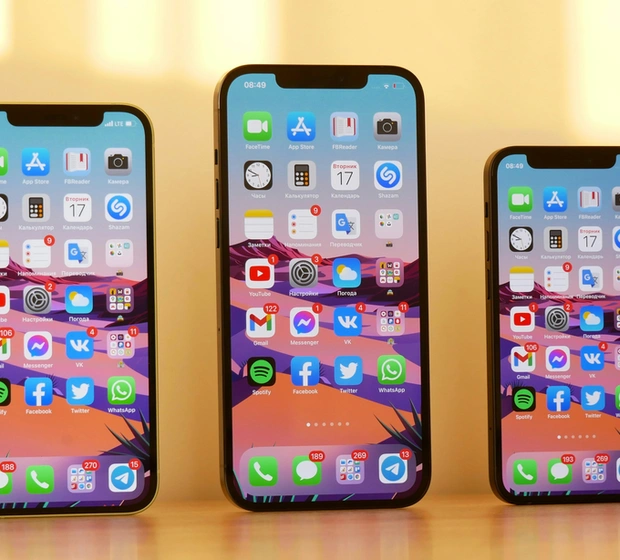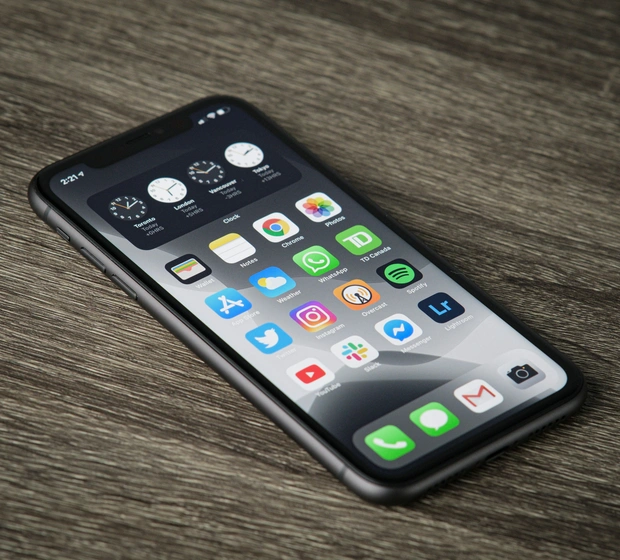table of contents
Mobile App Development
Mobile app development is the process of creating software applications that run on mobile devices such as smartphones and tablets. With the increasing use of mobile devices worldwide, mobile apps have become an essential part of everyday life, providing users with access to services, entertainment, communication, and productivity tools. This article explores the key aspects of mobile app development, including its types, development process, tools, and current trends.
Types of Mobile Apps
Mobile apps are generally categorized into three main types based on their development approach and functionality:
Native Apps
Native apps are developed specifically for a particular mobile operating system (OS) such as iOS or Android. They are written in the platform’s native programming languages—Swift or Objective-C for iOS, and Java or Kotlin for Android. Native apps provide the best performance, access to device features, and a seamless user experience.
Hybrid Apps
Hybrid apps combine elements of both native and web applications. They are built using web technologies like HTML, CSS, and JavaScript, wrapped inside a native container that allows them to run on multiple platforms. Hybrid apps are easier and faster to develop but may have limitations in performance compared to native apps.
Web Apps
Web apps are responsive websites designed to look and behave like mobile apps. They run on mobile browsers and do not require installation. While they offer cross-platform compatibility, web apps have limited access to device hardware and features.
The Mobile App Development Process
Developing a mobile app involves several stages from ideation to deployment and maintenance. The main phases include:
1. Ideation and Research
This initial phase involves identifying the app’s purpose, target audience, and core features. Market research and competitor analysis help define the unique value proposition of the app.
2. Design
Designers create wireframes and prototypes to establish the app’s user interface (UI) and user experience (UX). The goal is to ensure the app is intuitive, visually appealing, and easy to navigate.
3. Development
Developers write the application code, integrating backend services, APIs, and databases as needed. This phase includes frontend development (what users see) and backend development (server-side logic).
4. Testing
Thorough testing is conducted to identify and fix bugs, improve performance, and ensure compatibility across different devices and operating systems. Testing types include functional, usability, performance, and security testing.
5. Deployment
Once the app passes testing, it is submitted to app stores like Apple App Store and Google Play Store for review and distribution to users.
6. Maintenance and Updates
Post-launch, developers monitor the app’s performance, fix issues, and release updates to introduce new features or improve existing ones.
Popular Tools and Technologies
Several tools and frameworks facilitate mobile app development, each suited to different project requirements:
- Android Studio: The official integrated development environment (IDE) for Android apps.
- Xcode: Apple’s IDE for iOS app development.
- React Native: A popular framework for building cross-platform native apps using JavaScript.
- Flutter: Google’s UI toolkit for building natively compiled applications for mobile, web, and desktop from a single codebase using Dart.
- Apache Cordova: A platform for building hybrid mobile apps using HTML, CSS, and JavaScript.
Current Trends in Mobile App Development
Mobile app development is continuously evolving to incorporate new technologies and meet changing user expectations. Some of the current trends include:
- Artificial Intelligence (AI) and Machine Learning (ML): Integration of AI-powered features such as chatbots, voice recognition, and personalized recommendations.
- 5G Technology: Enhanced connectivity enables faster data transfer and more complex app functionalities.
- Augmented Reality (AR) and Virtual Reality (VR): Increased use in gaming, retail, and education to provide immersive experiences.
- Internet of Things (IoT) Integration: Apps connecting and controlling smart devices in homes and industries.
- Wearable App Development: Growing popularity of smartwatches and fitness trackers





